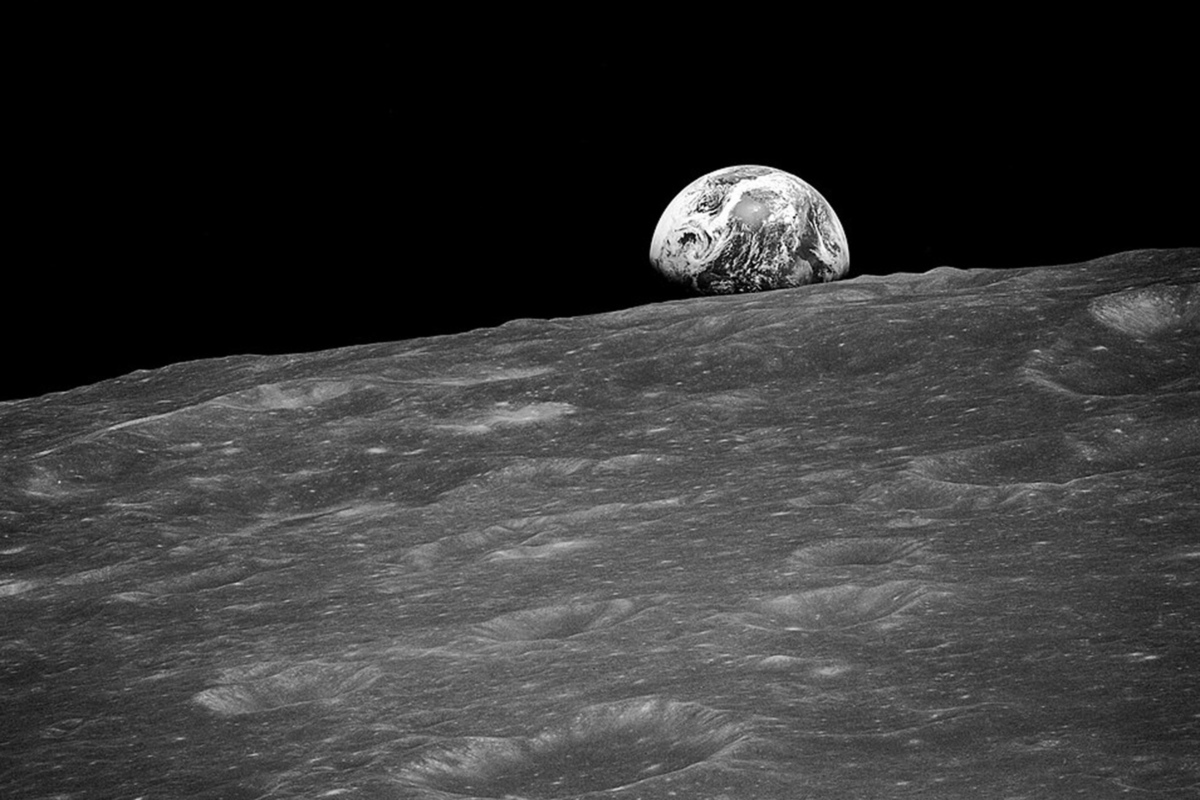Russian scientists have come up with a “Kangaroo” that can be used to practice movements on the Moon
[ad_1]

The device will consist of a platform and rubber bands
The idea of a new simulator for astronauts who will have to live on the Moon was proposed by specialists from the Institute of Medical and Biological Problems of the Russian Academy of Sciences. This “Kangaroo” is the first system that provides jumping as the most effective exercise for preventing low gravity. Elena FOMINA, head of the Laboratory for the Prevention of Hypogravity Disorders at the Institute of Biomedical Problems of the Russian Academy of Sciences, Doctor of Biological Sciences, spoke about it, as well as what else scientists plan to develop for human work on the Moon and on the new Russian Orbital Station (ROS), in a conversation with an MK observer.
From the experience of astronauts who visited the Moon, we know that, due to the lower force of gravity than on Earth, it is more convenient for people to move across its surface by jumping. However, scientists are looking ahead: lightweight jumps on the surface of our satellite will not be enough to prevent hypogravity – astronauts will still have to perform a set of exercises on the Moon to reduce the negative consequences.
“Jumping is the most effective way to obtain, in conditions of weightlessness or reduced weightlessness, the support reactions necessary for the gravity-dependent systems of our body,” explains Elena Fomina. – Despite the fact that there is gravity on the Moon, it is six times weaker than the Earth’s, which means that an ordinary lunar walk will not be enough for astronauts to return to Earth in good shape.
According to Fomina, it is not yet possible to create the same jump simulator on the ISS or at the ROS station due to the strong impact it would create on the station structure. On the Moon, in the gym of the future lunar village, it will be much easier to install the “Kangaroo”. According to the scientist, the device will consist of a platform and rubber bands, the resistance of which will provide the load during jumps.
“This year it is planned to hold an interdisciplinary section “COSPAR” in South Korea, where we may discuss this and other proposals for habitation of the Moon,” says the doctor of biological sciences. – At the moment it is known that scientists from South Korea, Russia, Europe, the USA, India, Germany and China will take part in the work of the section.
In the meantime, astronauts working on the orbital station train using a treadmill, a weight machine and an exercise bike, and experts offer solutions to make exercise on board the space station more interesting.
“We came up with a new approach to training,” explains Elena Fomina. – When starting them, the astronaut can choose any of his colleagues working with him in orbit, or who have flown previously, and arrange a competition with him on the treadmill. Naturally, they will run in turns, watching how his opponent ran the same distance. Such competitions are planned to be held at the ROS station as part of the “Penelope” system we are developing, which will analyze data from all simulators and other preventive means.
We called the program “Penelope” by analogy with the ancient Greek legend about the wife who is waiting for Odysseus from a long journey. But in the future, it is possible that our “Penelope” will go to the station after the astronauts, that is, our “trainer”, in which we use neural network technologies, will become orbital.
Another problem that may need to be solved during flights to the high-latitude ROS station, and then to the Moon, is the radiation load on astronauts that is greater than on the ISS. If now their flight lasts for six months, then it is possible that the astronauts’ stay at the new orbital station will be reduced to two months. On the Moon, a person will receive three times more radiation than on the ISS, which will also require the development of a special work schedule and protection of organisms from dangerous cosmic and solar rays, and perhaps will increase the medical requirements for the selection of astronauts.
[ad_2]
Source link








